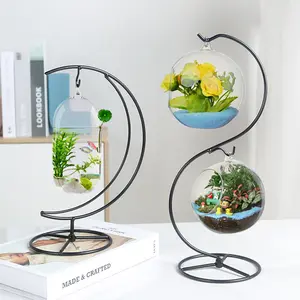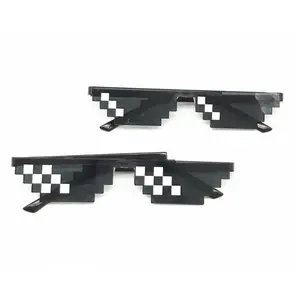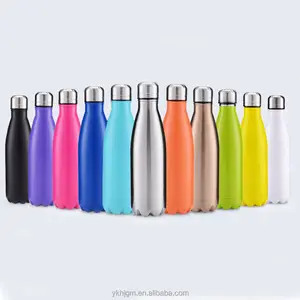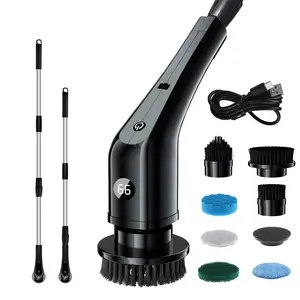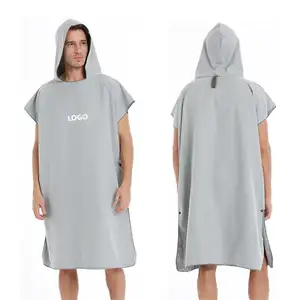Popular in your industry
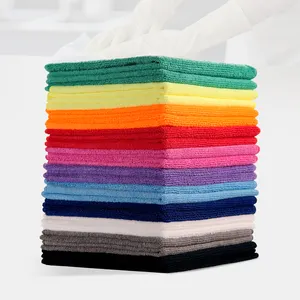






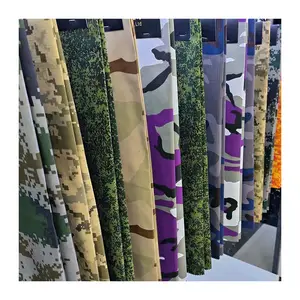










































































































































































































Top categories
About whole cloth
Cleaning does not have to be taxing. With the availability of whole cloth, cleaning can mean much more. Choose from a wide variety of wholesale whole cloth and provide people with a quality number of options to choose from. These cleaning rags are made from different materials based on their purpose. There are durable microfiber cloth and microfiber rags that are meant to last for a long time. These types of whole cloth are made to clean up both dry and wet areas with their absorbent and easy-dry features.
These whole cloth also come in different varieties to attend to the objects, places and materials that needs cleaning. From dishwashing cloth to cloth car seat cleaner, to glass cleaning cloth, to silver polishing cloth, to dusting cloth, to eyeglasses cloth, these whole cloth are there to help get better results. With the help of advanced technology, these cleaning cloths are easier to clean, more absorbent, and tend to last longer.
Browse from a wide collection of whole cloth and help provide people with better options of cleaning cloths to choose from. You may choose from a wide array of absorbent and versatile microfiber towels, microfiber cleaning cloths, microfiber cleaning cloths for glasses, and microfiber glass cleaning cloths. There are also a variety of lint-free cloths and lint-free rags like cleaning rags for cleaning fabric car seats, sponge cloths and glass cloths, and soft cloths for window cleaning cloths. Choose from various featured products and provide users with better cleaning cloth options.
